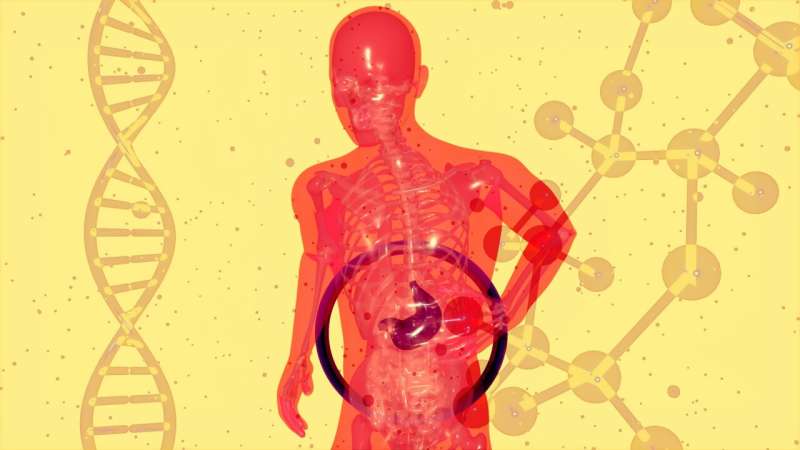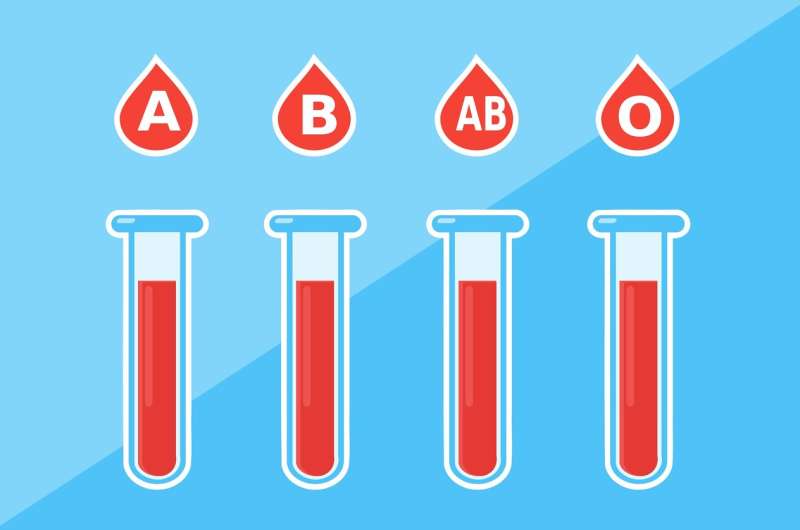Artificial Intelligence Boosts Medical Image Analysis and Radiology Efficiency

Discover how AI and visual-language models are revolutionizing medical image analysis, supporting radiologists, and enhancing diagnostic accuracy in healthcare.
Artificial intelligence (AI) is transforming the healthcare landscape, especially in the realm of medical imaging. As AI becomes more prevalent in our daily lives, including through innovations like ChatGPT and other advanced chatbots, its potential in medical diagnostics is gaining significant attention. Researchers at CSIRO's Australian e-Health Research Center (AEHRC) are pioneering efforts to harness AI — particularly visual-language models (VLMs) — for improved interpretation of medical images such as X-rays.
Traditionally, diagnosing conditions via X-ray images requires highly trained radiologists to analyze complex visuals and generate diagnostic reports. However, the increasing volume of imaging studies, coupled with a shortage of radiologists, poses a significant challenge. This is especially problematic in Australia, where the demand for radiological services continues to grow with an aging population.
AI systems equipped with VLMs can 'see' and interpret visual data on par with human radiologists. Dr. Aaron Nicolson and his team are developing models capable of analyzing chest X-rays to produce reports that assist radiologists in their workflow. The goal is not to replace human experts but to augment their capabilities and reduce workload.
Training these models involves extensive data — thousands of X-ray images paired with radiology reports. The models learn to associate visual features with diagnostic language, improving their accuracy over time. Interestingly, incorporating additional patient data such as emergency department records, vital signs, and medication history has further enhanced the precision of AI-generated reports.
The researchers are now conducting preliminary trials, including collaborations with hospitals like Princess Alexandra Hospital in Brisbane. These trials are evaluating how well AI-generated reports match those created by radiologists. Ethical considerations, such as avoiding demographic biases and ensuring safety, remain a core focus of this development process. Importantly, the technology is designed to support, not replace, clinical judgment.
This innovative use of AI in medical imaging opens new pathways for more efficient, accurate diagnostics, and improved patient outcomes. As these systems advance and expand, they promise to bolster healthcare capacity worldwide, offering a valuable tool for clinicians in managing increasing imaging demands.
Source: https://medicalxpress.com/news/2025-08-artificial-intelligence-revolutionizing-medical-image.html
Stay Updated with Mia's Feed
Get the latest health & wellness insights delivered straight to your inbox.
Related Articles
Laboratory Modeling of Synaptic Changes in Frontotemporal Dementia Patients' Brains
Innovative laboratory models using patient-derived neurons reveal synaptic loss and dysfunction in frontotemporal dementia, paving the way for new treatments.
Scientists Discover Protein That Enables Liver Cancer to Survive Heat Treatment
Research identifies Galectin-1 as a key protein that helps liver cancer resist heat-based treatments, opening new avenues for improving ablation efficacy and reducing recurrence in liver cancer patients.
Revolutionary Enzyme Technique Brings Us Closer to Universal Donor Organs for Transplantation
Innovative enzyme-based technology at the University of British Columbia has achieved a significant milestone in bringing universal donor kidneys closer to reality, potentially revolutionizing organ transplantation and saving lives.
Innovative Needle-Free, Live-Attenuated Influenza Vaccines Offer Broad Protection
Discover breakthrough needle-free, live-attenuated influenza vaccines developed by Hong Kong researchers that offer broad protection against multiple virus subtypes, including potential pandemic strains.



